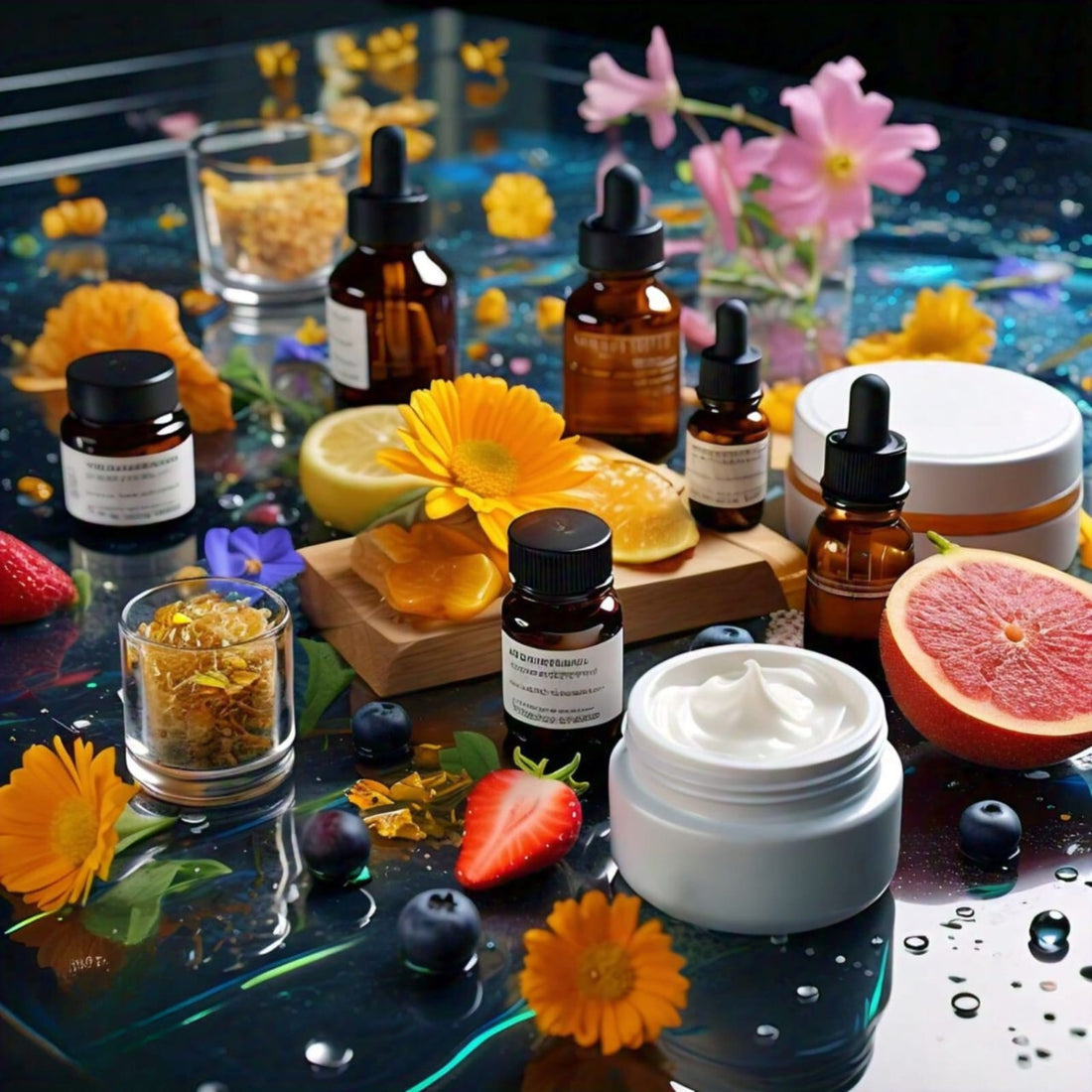Is Clean Beauty Really Clean? Unpacking the Realities
Clean Beauty is all the rage in skincare these days, captivating the hearts and minds of those who care about what they're putting on their skin. But with all the buzz around clean beauty, it’s worth asking: is clean beauty really as clean as it claims to be?
“Given my personal experience with chemotherapy and breast cancer, the essence of Gleem™ Beauty as Clean Beauty was always a fundamental - products made without harmful ingredients, designed to be safe for both you and the environment. It is that simple.
The Grey Areas of Clean Beauty
One of the biggest issues in the clean beauty industry is the lack of a universal regulatory body that clearly defines what "clean" means. Meaning, the FDA has nothing to do with it. This allows brands to interpret the term in their own way, leading to inconsistencies and, occasionally, misleading claims.
-
Vague Labels: Words like "natural," "organic," "non-toxic," and "eco-friendly" are often used interchangeably with "clean," but these terms don’t have specific definitions. A product labeled "natural" might have naturally derived ingredients, but that doesn’t mean it’s entirely free from harmful chemicals.
-
Partial Transparency: Some brands are quick to advertise the absence of controversial ingredients (like parabens or sulfates) but might still include other potentially harmful or untested substances. This selective transparency can create a skewed perception of how safe a product really is.
-
Marketing Hype: The beauty industry is known for its compelling marketing. Brands can use nature-inspired imagery, green packaging, and buzzwords to create an impression of cleanliness and purity, even if the product doesn’t fully live up to these ideals.
-
Varied Certifications: While certifications can offer some reassurance, they vary widely in their criteria and rigor. Different certifying bodies have different standards, which can make it tough for consumers to understand what a certification really means.
Making Sense of Clean Beauty
Despite these grey areas, you can still navigate the clean beauty market smartly. Here are some tips to help you make informed choices:
-
Do Your Homework: Get familiar with common harmful ingredients and their safer alternatives. Resources like EWG’s Skin Deep Database can help you check the safety profiles of various ingredients.
-
Seek Transparency: Brands that are genuinely committed to clean beauty often share detailed information about their ingredients. Transparency is a key indicator of trustworthiness.
-
Look for Reputable Certifications: While not perfect, certifications from respected organizations can offer some peace of mind. Check for certifications like USDA Organic, COSMOS, and Leaping Bunny for cruelty-free products like Gleem™ Beauty.
-
Think Holistically: Clean beauty isn’t just about what’s in the product; it’s also about the environmental impact. Support brands that prioritize sustainable packaging, ethical sourcing, and eco-friendly practices. Or like Gleem™ Beauty, small patch production of all products leaving a minimal carbon footprint.
Final Thoughts
The clean beauty movement is a wonderful step towards a more conscious and health-focused approach to skincare. However, its effectiveness is currently hampered by the lack of clear definitions and regulations. As consumers, staying informed and demanding greater transparency from brands can help push the industry towards truly clean beauty. Remember, clean beauty should be about more than just avoiding harmful ingredients—it should embrace practices that promote overall well-being and sustainability. By being discerning and proactive, we can support and encourage the development of products that are genuinely clean and beneficial for both us and the planet.
